Is a Ball Python a good pet? For me, yes. But it really depends on what kind of pet you want, and how much patience you have. Keep reading to find out why…
A Ball Python is a great pet. These snakes are docile, hardy, medium-sized and long-lived. Overall, they’re one of the most popular pet reptiles available, and one of the best beginner snakes. Notwithstanding, they do have a couple of drawbacks. For some reptile enthusiasts, Corn Snakes may still be a better choice.
Are Ball Pythons good pets for beginners?
Ball pythons are definitely one of the best pet snakes for beginners. I say this because they’re friendly (or indifferent) and have easy care requirements.
You can house one of these snakes in a plastic tub and spend a grand total of around $100 to make them a complete set up. Or you can make them a more elaborate, decorative setup in a PVC enclosure or vivarium.
Either way, they’ll thrive as long as you do a few simple things right:
- make sure they have enough places to hide
- maintain suitable temperature
- maintain suitable humidity.
- clean them out regularly
- buy them quality food from a reputable supplier
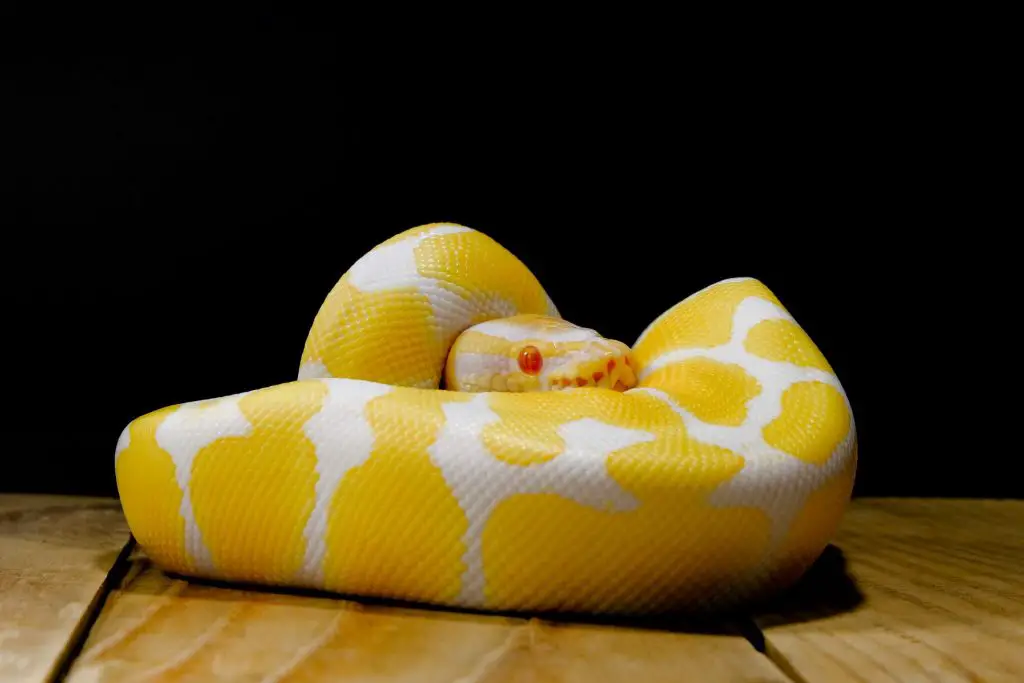
In fact, these snakes are low cost and low maintenance pets. With proper care, they can easily live to twenty years old or more. Some of them have even lived to over forty!
Nonetheless, Ball Pythons do have a couple of drawbacks. There’s no denying this, even though they’re my favourite snake species.
Their two main drawbacks are that they are shy, and that they can occasionally can on prolonged fasts. These two points can make them frustrating to keep. If you want a pet that you can observe during the day, a Ball Python is not it. Many of them simply don’t come out before dusk.
As for the fasting, this doesn’t do them any harm, but it can be extremely frustrating to have an animal flat out refuse to eat for three months every year!

Are pythons good pets?
Pythons in general are excellent pets. They’re born survivors, and many of them are extremely docile too. In captivity, this translates to an animal that will readily accept farm-bred rodents or chickens as food and will become as tame as a Labrador.
In fact, there’s only a few species of python that I would consider a little tricky, like the two species of Green Tree Python, Morelia viridis and Morelia azurea. These two both get a little more finicky about humidity, though I still wouldn’t consider them to be difficult to keep.
Overall, the problem with pythons is that a lot them just get too big. Burmese, Reticulated, Indian, Scrub, and African Rock pythons can all get over 12ft long (3.6m).
This is where Ball Pythons come in. They have the amazing, laid-back python temperament and chunky python proportions, all the while reaching a very manageable adult size. More on this in the next section…
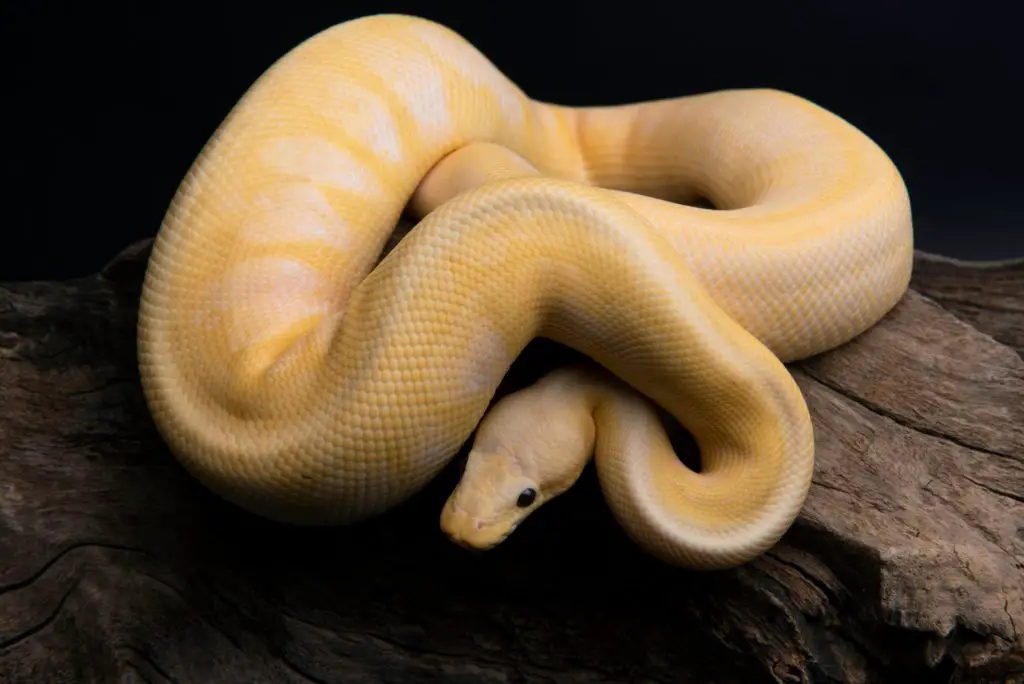
Ball Python Size
Average fully grown size for this species is about 3-3.5ft (90-106cm) for males and 3.5-4.5ft (106-137cm) for females.
As far as weight goes, most adult males weigh 1200-1800g and adult females weigh 1800-3000g. Obviously, this varies a lot depending on their body condition – so take these numbers as broad guidelines only. You could have a perfectly healthy adult female weighing only 1500g, or an unusually large male weighing over 2000g.
Very occasionally, you can get females that reach 5ft (152cm). There is also a locality, called the Volta Ball Python, which has been recorded at 5.5ft (168cm), but these are uncommon in the pet trade.
This size is pretty much ideal for a pet snake, as it means almost any adult Ball Python can be housed in either a 3 or 4ft (90-120cm) enclosure as an adult.
Like most snakes, how big this species gets is often exaggerated. I’ve been keeping them for over twenty years, and I still haven’t seen one over 5.5ft in length!
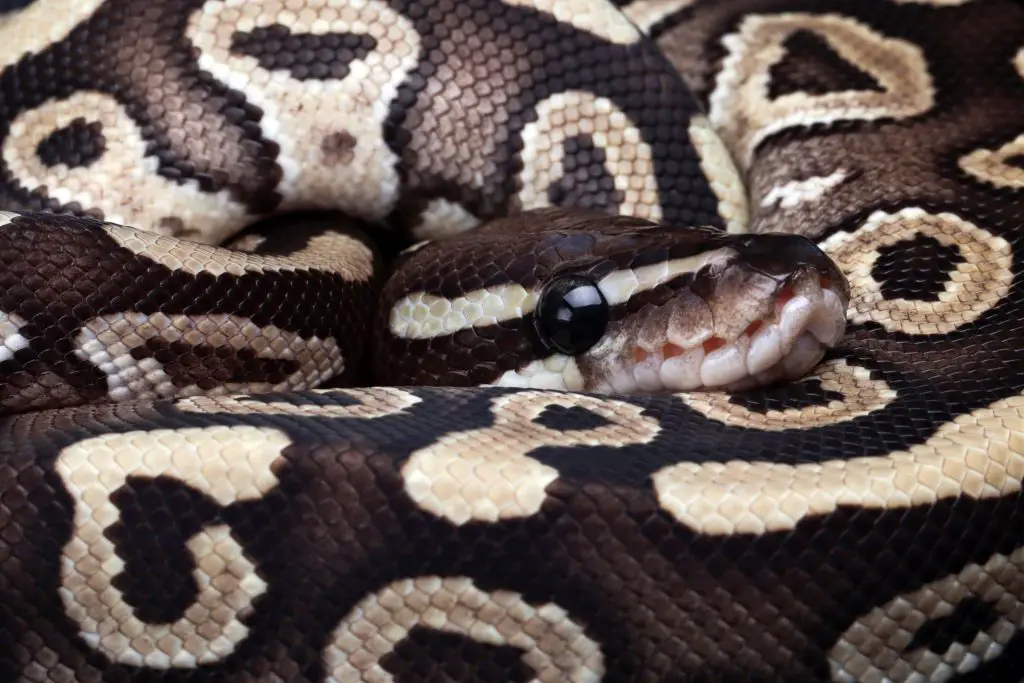
Feeding
Do you enjoy frustration? And wondering when your pet will finally decide to eat again? If so, go ahead and buy your first Ball Python!
At some point in their lives, most Ball Pythons will go on a fast. This is a period of time where they simply lose all interest in feeding. Often, you will encounter this with males that reach sexual maturity, or more mysteriously, females that reach around 1000g in weight.
There’s nothing wrong with them fasting. It’s part of their natural behaviour, and the ability to fast helps wild populations deal with varying food abundance, and some of the issues encountered during breeding.
Female Ball Pythons, for example, feed most when they’re getting ready to breed. They then fast when growing the follicles that will become their eggs. They continue to do so after laying and until they hatch.
Male Ball Pythons, on the other hand, often engage in wrestling matches for dominance and access to females. Some will fast during this time because no one in their right mind wants to start a wrestling match with a full belly.
Other males simply go into a period of fasting (sulking?) towards the end of the breeding season, no doubt due to the stress and fatigue involved.
The truth is, if you own one of these snakes, it probably will fast at some point. This is especially true if it can smell other Ball Pythons and wants to breed. It doesn’t harm them – but if you aren’t used to it, you may find it very frustrating and worrying.
On a positive note – when feeding – they readily accept frozen-thawed mice and rats. This makes getting their food easy, as these are now available to order online in most regions.
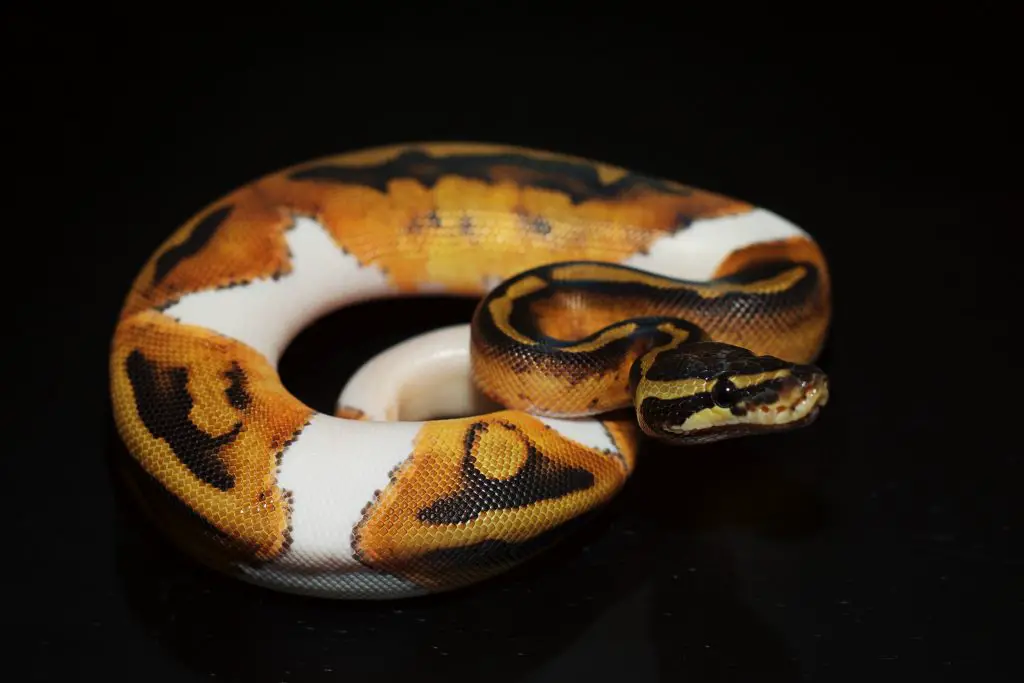
Are Ball Pythons dangerous?
Ball Pythons are not dangerous. In general, well-socialised adults are safe around dogs, cats, and children. Though they have sharp teeth, the only time you are at risk is during feeding. Even if you are bitten by accident, these snakes aren’t big enough to inflict anything more than a scratch.
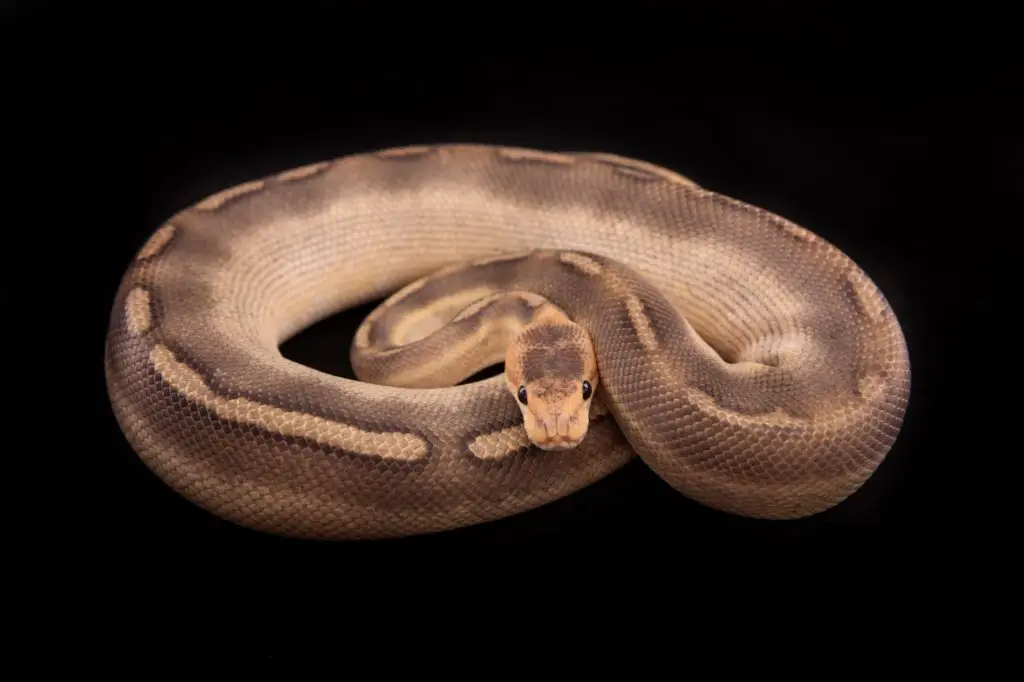
Is a Ball Python a good pet for a 10-year-old?
Personally, I think a Ball Python is not the best pet for a 10-year-old. They are great pets, but for kids they can be boring – and frustrating.
Obviously, some Ball Pythons are more active than others, and some are better feeders than others. Overall, though, I think a lot of kids probably would get pretty sick of having a pet that refused to come out most of the time.
I had my first Ball Python when I was 12, and I got really attached to that snake. I still found it frustrating when he refused to eat, though. All-in-all I’d say at 10 I still would have been too young to enjoy keeping this species.
Some kids are more mature than others, but realistically speaking, Corn Snakes are a better first snake for younger enthusiasts. They’re more active, climb more, eat more, and generally make for a pet that tries your patience a lot less.
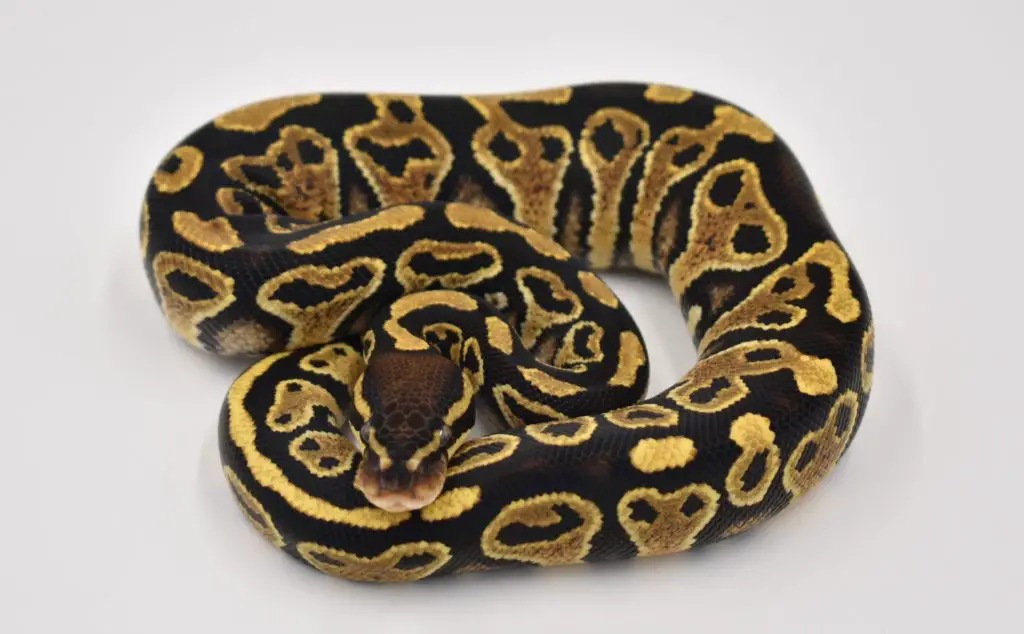
Ball Pythons for sale
Finding one of these stocky little constrictors is easy these days due to their massive popularity. Captive-bred hatchlings are available pretty much year-round in the US and Europe. Certain morphs (colour variations) are expensive, however, meaning that it’s a good idea to shop around.
The best place to find cheap Ball Python morphs is on Morphmarket, a website that allows you to buy directly from breeders. This is probably the safest way to buy, given that you can see feedback and reviews about each breeder.
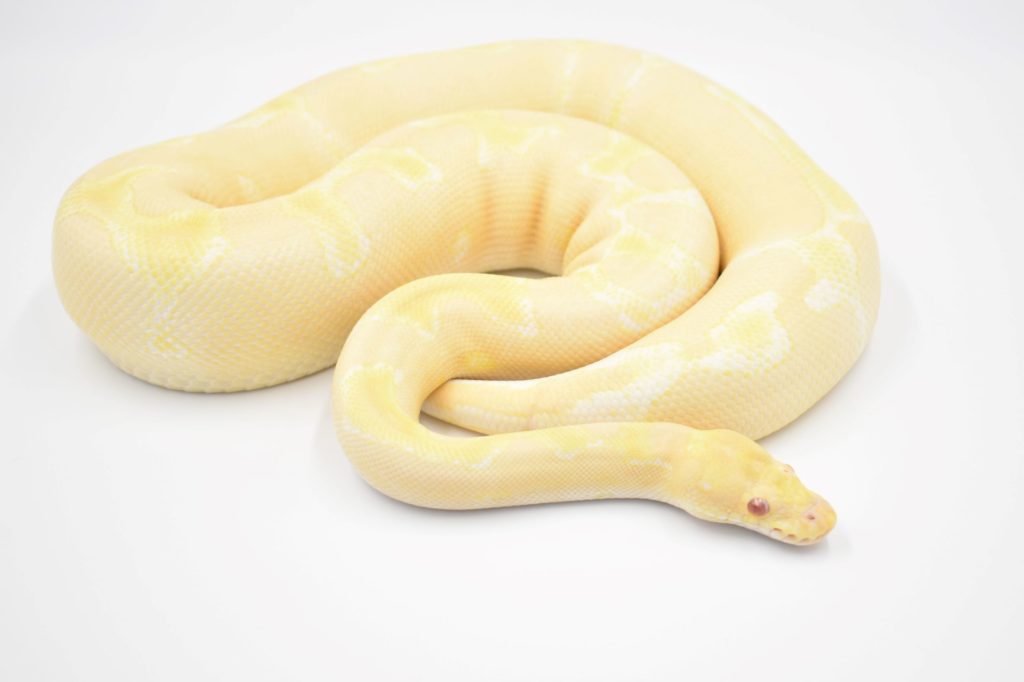
The bottom line
A Ball Python is a fantastic pet, mainly due to how docile and low maintenance they are. They’re also pretty cheap to feed and house (unless you fall for the sales pitches on some websites!).
There are two catches, though:
- They occasionally go off food
- They are shy and like to spend most of their time hiding
If either of these points sound like a pain to you, then choose a more active snake like a Corn Snake or Garter Snake.
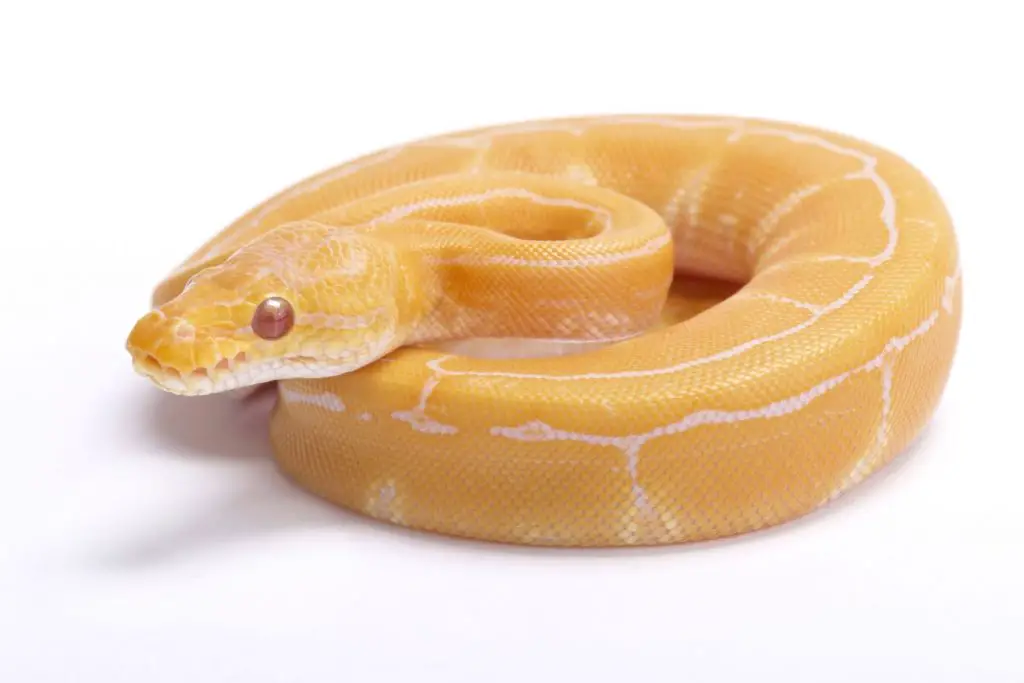
Ball Python as pets pros and cons
| Pros | Cons |
| – manageable size | – can be picky feeders |
| – docile temperament | – can be shy |
| – low maintenance | – may only be active for a few hours at night time |
| – cheap to feed and house | |
| – hardy | |
| – available in wide range of colour morphs | |
| – long lifespan |
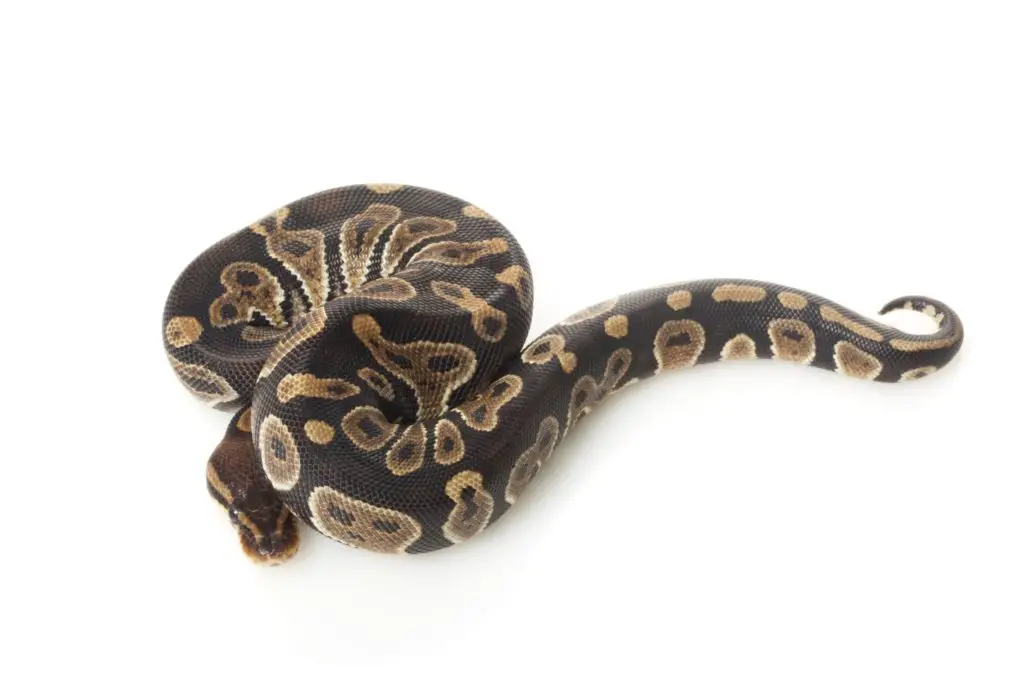
Key points to remember about Ball Pythons as pets
- Caring for a pet Ball Python is easy, but it’s a long-term commitment: don’t forget that the young snakes you see for sale in pet stores could live for over thirty years.
- As a beginner, you should always choose captive-bred snakes over wild-caught snakes. Wild Ball Pythons can have a number of health issues, including but not limited to internal and external parasites.
- Some individual snakes are finicky eaters. This can be frustrating, and may be a reason to choose a Corn Snake instead. Ball Pythons are one of the most popular species of snakes, but it’s true that their occasional fasting can get to some reptile lovers. Whether your snake is picky or not, this website does not recommend feeding live mice or rats as a live rodent can potentially cause serious injury.
- Coming from western and central Africa, adult Ball Pythons are used to steady humidity levels and warm temperatures. These aspects of should be checked by you on a weekly basis, if not daily.
- When you get a baby Ball Python, be aware that it will do best in a small enclosure to begin with. There is a lot of pressure to buy big Ball Python enclosures but this is a bad idea, especially when bringing a new pet snake home for the first time. These snakes don’t like big, wide open spaces: it freaks them out and stops them feeding on a regular basis.
- Be aware that outside of the United States, this snake is called the Royal Python. Information you find online using this name is just as valid, so read all the care sheets you can! The best places to buy a healthy snake is directly from a breeder. You can do this by heading to a reptile expo or to a specialised website like Morphmarket.
Also on this topic:
- Ball Python body language
- How to handle Python regius
- Are female or male Ball Pythons more aggressive?
- Why is my Ball Python striking at me?
- Do Ball Pythons like to be held?
- Do Ball Pythons Bite?
For more on Ball Python temperament in general:
Back to the Ball Python handling page
